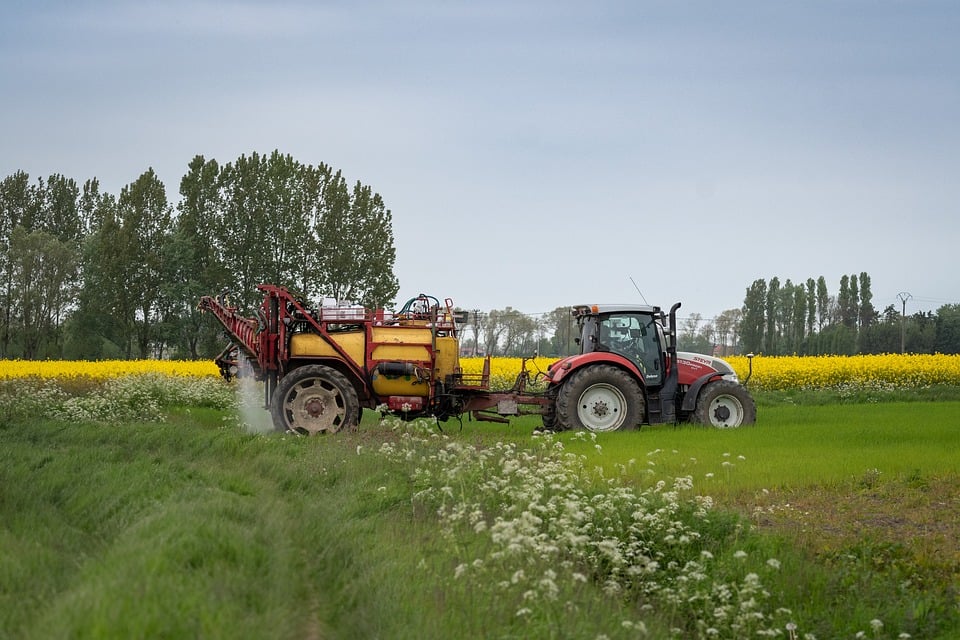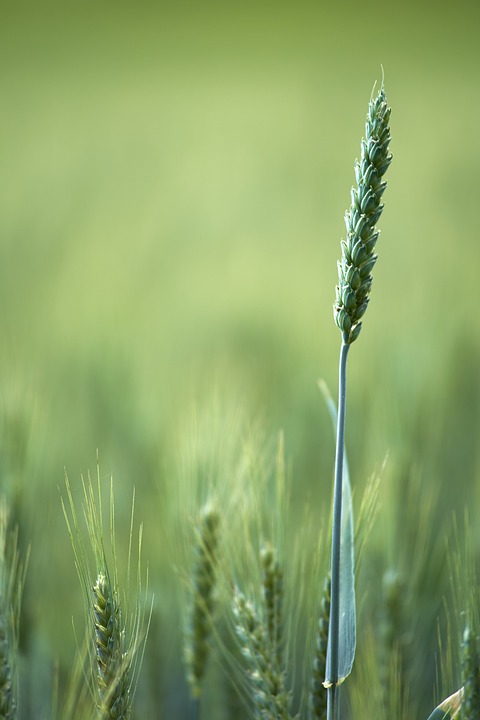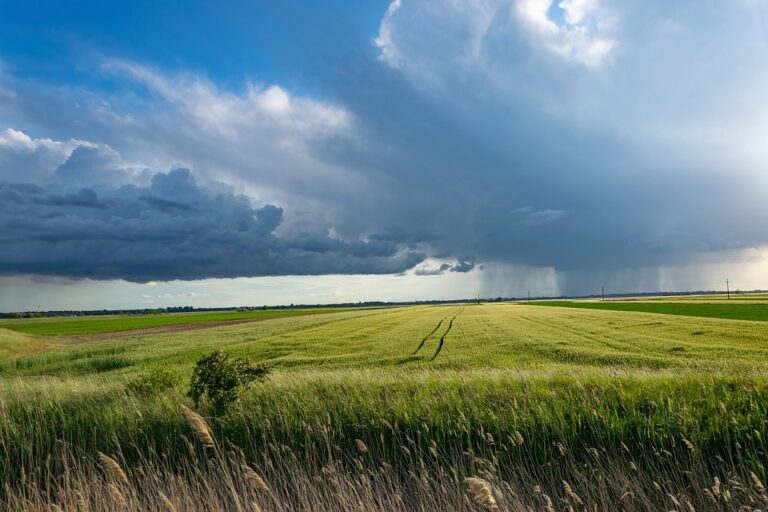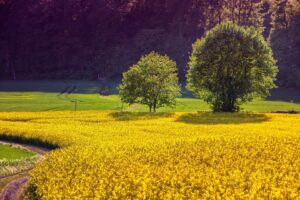Rekshino agriculture, also known as agroforestry, is a sustainable farming practice that combines trees and shrubs with crops in the same field. This ancient agricultural technique has been practiced for centuries in different parts of the world, and it has gained increased attention in recent years due to its numerous benefits for biodiversity and soil health. In this article, we will explore the role of Rekshino agriculture in promoting biodiversity and soil health, as well as some of the key principles and practices associated with this farming technique.
The Importance of Biodiversity in Agriculture
Biodiversity refers to the variety of life forms present in an ecosystem, including plants, animals, and microorganisms. In agriculture, biodiversity is crucial for maintaining the health and productivity of the soil, as well as for regulating pests and diseases. Traditional monoculture agriculture, in which a single crop is grown on a large scale, can lead to a loss of biodiversity and increased vulnerability to pests and diseases. In contrast, Rekshino agriculture promotes biodiversity by incorporating a diverse range of crops, trees, and shrubs in the same field, creating a more resilient and productive ecosystem.
The Role of Trees in Rekshino Agriculture
One of the key components of Rekshino agriculture is the integration of trees into the farming system. Trees provide a range of benefits for both the environment and the farmer, including:
– Providing shade and shelter for crops, reducing the risk of heat stress and wind damage.
– Improving soil fertility by cycling nutrients from deeper layers of the soil to the surface.
– Enhancing biodiversity by providing habitat for birds, insects, and other wildlife.
– Increasing carbon sequestration, helping to mitigate climate change.
In addition, trees can also provide valuable products such as fruits, nuts, and timber, diversifying the income streams of farmers and reducing their dependence on a single crop.
Improving Soil Health through Rekshino Agriculture
Soil health is essential for the productivity and sustainability of agricultural systems. Healthy soil is teeming with microorganisms that break down organic matter, release nutrients, and suppress plant diseases. Rekshino agriculture promotes soil health by:
– Increasing soil organic matter through the incorporation of tree leaves, crop residues, and other plant materials.
– Enhancing soil structure by promoting the growth of deep-rooted trees and shrubs that help to loosen compacted soils.
– Reducing erosion by providing ground cover and stabilizing the soil with tree roots.
– Improving water retention by increasing the soil’s ability to hold onto moisture.
By improving soil health, Rekshino agriculture can help farmers to achieve higher yields, reduce the need for chemical inputs, and adapt to climate change.
Principles of Rekshino Agriculture
There are several key principles that underpin Rekshino agriculture, including:
– Diversification: Rekshino agriculture promotes the cultivation of a wide variety of crops, trees, and shrubs in the same field, creating a more resilient and productive ecosystem.
– Integration: Trees are integrated into the farming system in a way that maximizes their benefits for the crops, soil, and environment.
– Conservation: Rekshino agriculture aims to conserve and protect natural resources such as water, soil, and biodiversity.
– Sustainability: By promoting ecological balance and resilience, Rekshino agriculture supports the long-term sustainability of agricultural systems.
– Community involvement: Rekshino agriculture is often practiced in traditional farming communities, where knowledge and skills are passed down through generations.
Benefits of Rekshino Agriculture
There are numerous benefits associated with Rekshino agriculture, including:
– Increased biodiversity: By incorporating trees and shrubs into the farming system, Rekshino agriculture promotes biodiversity and creates a more diverse and resilient ecosystem.
– Improved soil health: Rekshino agriculture helps to build soil organic matter, improve soil structure, and reduce erosion, leading to healthier and more productive soils.
– Climate change mitigation: Trees planted in Rekshino agriculture systems can sequester carbon dioxide from the atmosphere, helping to mitigate climate change.
– Higher yields: By diversifying crops and improving soil health, Rekshino agriculture can help farmers to achieve higher yields and reduce their dependence on chemical inputs.
– Resilience: Rekshino agriculture creates a more resilient farming system that can adapt to changing environmental conditions, such as droughts, floods, and pest outbreaks.
In conclusion, Rekshino agriculture plays a vital role in promoting biodiversity and soil health in agricultural systems. By integrating trees and shrubs with crops, this sustainable farming practice can help farmers to achieve higher yields, improve soil fertility, and adapt to climate change. As we face increasing pressure on our food systems and natural resources, Rekshino agriculture offers a promising solution for building more sustainable and resilient agricultural systems.




